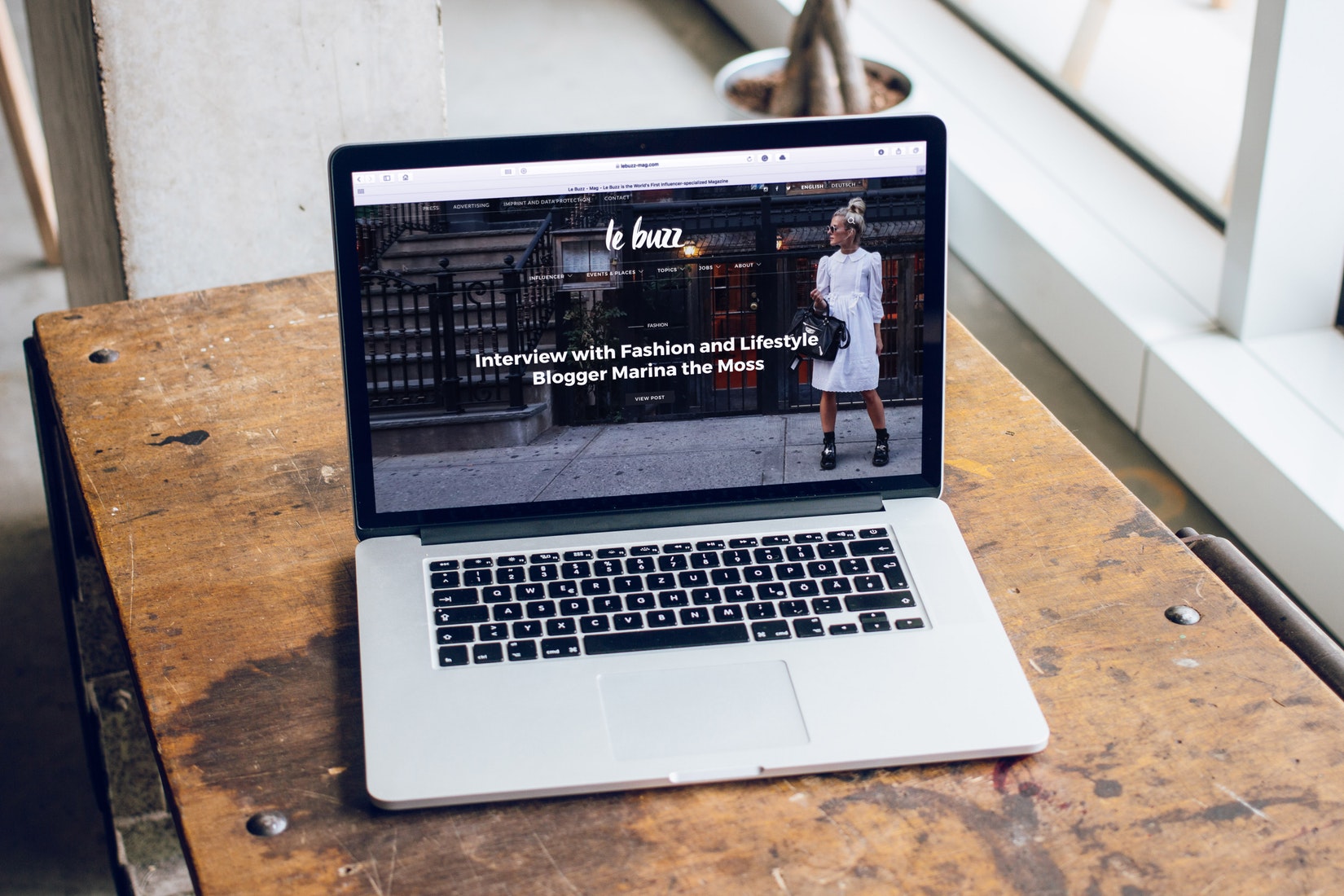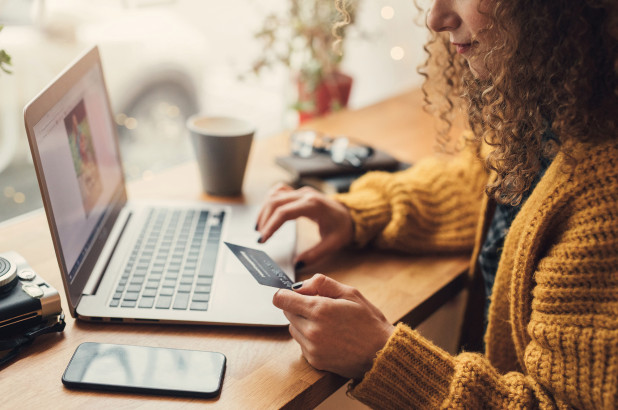27th August 2015
Creative Ways to Gain Customer Testimonials
This will be an obvious point to any and all seasoned exhibitors out there–and probably to novices, as well. We’ve decided to go into a bit more detail here, breaking down exactly when you should be organising certain key components of your booth to ensure a (relatively) stress-free run-up.
This is so that you avoid any last minute surprises, such as turning up and finding that your banners don’t fit within the confines of your booth, or that your booth decoration is wasted because you’re badly positioned. Ask the organisers for a floor plan (most provide one), and make sure you know what you’re being provided with going in. Most booths at trade shows take the form of ‘shells’ to which you can pin your own display. These can be quite unwieldy if you have something specific in mind however, so ensure that your booth design is adaptable to any last minute corner-cutting imposed by the constraints of the booth you’ve been assigned to.
Easy to overlook or assume, you’ll want to check what your package covers. Often, plug sockets are NOT provided by default. In this day and age, it is of the utmost likelihood that you will be using some form of electronic device as part of your exhibition; be it a tablet to collect details, or a desktop monitor to showcase your company website, you’ll want to make sure that you’re provided with everything you need tech-wise. A word of warning – do not rely on the free Wifi provided. It may work during downtimes when there are only a few people around, but once the visitors come flooding in, you’ll have a horde of smartphones and tablets trying to nab some bandwidth. Unless you can be sure of a consistent connection, plan your exhibit so that you can still function without an internet connection, should you be unable to secure one on the day.
If you’re not straight on that buffet when lunch begins, you’ll go hungry – that much is for sure, especially if it’s free. That said, if you are exhibiting, a tactical move would be to use lunch as an opportunity to engage with people on more casual terms. We would highly recommend bringing your own food to ensure flexibility so that you can take advantage of the rush to branch out.
This is one for your marketing team – you’ll want to liaise with the organisers, who will in all likelihood be more than happy to provide you with the appropriate social media channels (hashtags etc) through which to advertise your attendance. They may be more reluctant to provide you with a comprehensive list of attendees, so monitoring the social channels they provide you will be your best way of establishing some relations prior to the event itself. It’s also essential that you engage with the event before, during and after, if only because that’s what your competition will be doing.
You’re going to want to plan the look of your booth so that you know what materials to prepare. Not only that, but any literature you may want to distribute will take time to prepare and produce. Planning on having giveaways? Give it some serious thought in order to make your business stand out from the usual throng of free pens, bags, stress balls etc. Just remember that the more bespoke you go, the longer it will take for your order to reach you. There’s nothing more frustrating than finding a great giveaway, then realising that it won’t arrive in time. We allowed a fortnight for all of our giveaways to make it to us in time, and even that was cutting it close.
As for the design of your booth, you’re going to want to spend as much time as possible thinking about how best to represent your brand.

Whether you’re a small startup with one or two employees, or a larger, well-established company, you’re going to want to think and rethink how to best display your brand to the public within the expo format. Presenting yourself to people in person involves a whole new set of complications which you wouldn’t encounter in traditional branding exercises (like social media or web presence).
If you have a number of employees to choose from to staff your booth, you’ll want to prioritise those whom you know to be the most personable. The ability to generate conversations at these events is a unique skill, and one that is built upon with time and experience. You’ll probably learn a lot from the other more seasoned businesses you’ll speak to on the day as to how to conduct yourself, but if its your first outing, make sure that your team is comprised of individuals who can think on their feet conversationally, and look at ease whilst doing it.
Designing the look of your booth will involve adapting your existing brand identity to fit a physical format (as apposed to just online). Some businesses will find this easier than others, especially if they already have a physical presence like a shop or open office. If not, then your standard design rules apply – stand by your brand’s colours, make effective use of slogans and logos, and attempt to visualise your booth through the eyes of a visitor who doesn’t know your business. We here at Angle spent a lot of time working through a number of iterations until we settled on a design which covered all the bases: it set out who we are, what we do, and presented the information within the bounds of our brand identity.
The best way to go about conversing with visitors is to make no assumptions – open a conversation as you would with a loose acquaintance, and ask them what they’re looking to get out of the day. Ask them what they think of the speakers on offer, joke about the catering etc. The bottom line is not to come on too ‘salesy’ – people can see right through it. Chances are the majority of people you speak to won’t buy on-the-spot, so don’t push for that straight away. Instead, use conversations as a way to show your approachability and professional-yet-personable nature. This is especially important if you’re B2B – use interactions with potential clients as providing a quick taster of what you might be like to work with in day-to-day situations: be inquisitive, professional, and amiable. Most of all, avoid coming off as desperate – people will pick up on this within seconds and it’ll prove to be an instant turn-off.

Most business expos use events like keynote speakers and workshops to draw the punters in and add value to those already attending. It’s worth sending out some of your team to sit in on these, if only because they might learn a few things on the way! Besides that, it will give you some conversational material to strike up a chat with other attendees as they come round. That said, don’t let this distract your focus – you’ll miss more leads with an empty booth than with a digital marketing workshop.
Business Expos are a great opportunity to take inspiration from others around you: look at how the exhibitors around you have met the same challenges as yourself, and think about how you could incorporate the best of what you see. Whilst it might be tempting to fixate on the immediate competition (that is, other businesses which are in the same sector as you), you might find yourself inspired by businesses which have nothing to do with your chosen sector. Bringing some B2C ideas to your B2B model might provide a lightbulb moment to set you apart from the rest with a bit of adapting.
This could be the most important part of your strategy, and could just as well fit in to the first section of this breakdown. Plan your marketing strategy in advance in order to deliver the best possible results…
Prepare a system by which you can efficiently follow up all of the leads you might collect on the day. Think about the most efficient way to collect details – sometimes simply taking a business card is not enough, as if you get a whole stack, there’s a good chance you might forget who’s who and what’s what.
Angle’s strategy consists of noting down key information on the back of any card handed to us. This may include any scope that was outlined in a conversation, personal notes to remember for future meetings, as well as the strength of the lead itself. Save yourself some time by creating a follow-up email template for use alongside a database of all of your leads, but make sure that you tailor your marketing as much as possible – try and add a personal reference to your face-to-face meeting, as your clients will need as much of a memory jog as you would.
Well, that covers most of it – you should be well positioned to get the most out of any business exhibit you want to attend. Just remember that flexibility and preparation are key – do everything you can to cover this, and you’ll be golden!
Angle Studios,

27th June 2018
Law Firm Website Case Study: 4 Key Features To Include

Quick Tips to Improve Your Existing Website Without a Full Redesign

4 Reasons to Re-Design Your E-Commerce Website
Conversion-led with proven R.O.I. success
Instant results, long-lasting impact.
Vast experience
Established since 2003, servicing local businesses and global brands.
Friendly and proactive support
We build personal connections, ensuring your brand is in safe hands.
We'd love to discuss your project
Tell us about your project and get a quote.
Are you in need of more business?
We can double your conversion rates by optimising the user experience
Get a FREE UX audit on your website